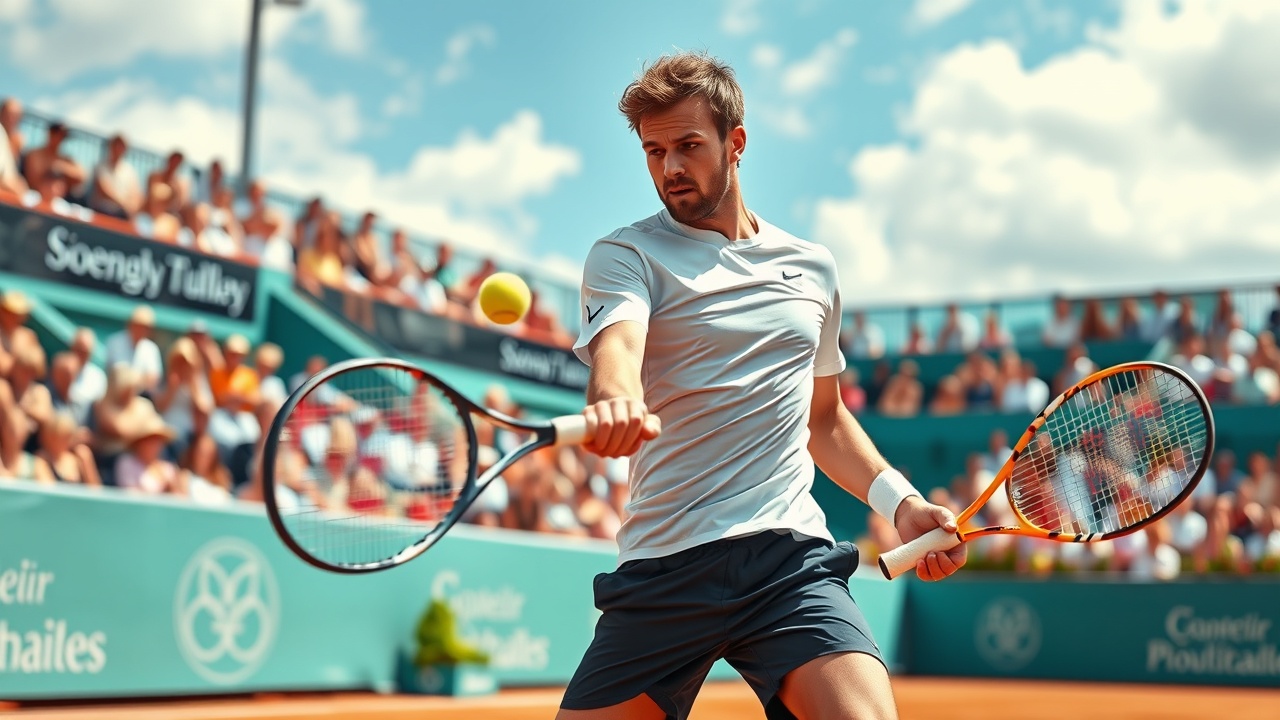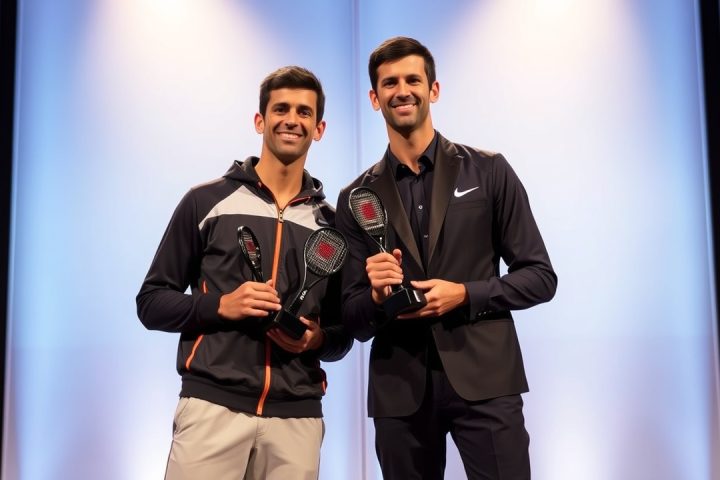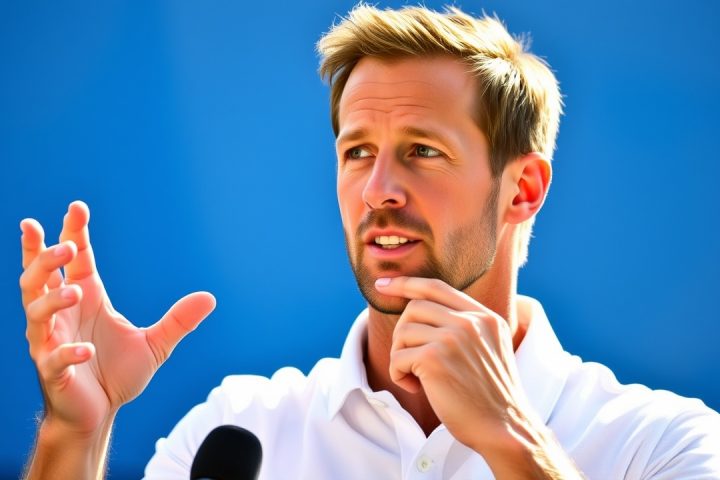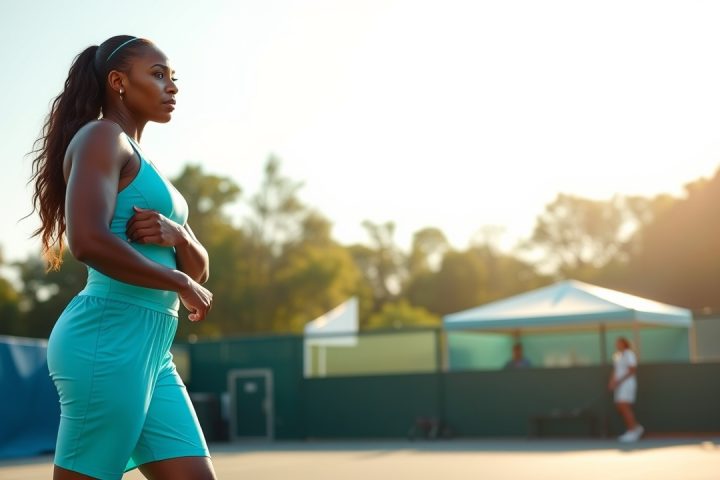Casper Ruud’s Experience at the US Open
Casper Ruud provided insight into the challenges he faced while trying to return Sara Errani’s serve during the recent US Open, despite it being notably slow. The Norwegian player has achieved mixed doubles Grand Slam finalist status after partnering with Iga Swiatek at the tournament. Swiatek’s remarkable effort to reach New York after competing in the Cincinnati Open final allowed them to enter the competition just 12 hours before their first match.
Mixed Doubles Journey
Their debut saw Ruud and Swiatek triumph over Frances Tiafoe and Madison Keys with scores of 4-1, 4-2, and they maintained their momentum in the second round by defeating Lorenzo Musetti and Caty McNally with the same score.
The duo continued to impress in the semi-finals, where they faced off against Jack Draper and Jessica Pegula, pulling off a thrilling win with a scoreline of 3-5, 5-3, 10-8 over the course of 86 minutes. Following a brief break to recuperate, they confronted the Italian pair of Andrea Vavassori and Sara Errani in the finals. Unfortunately for Ruud and Swiatek, their efforts fell short, leading to a loss with final scores of 6-3, 5-7, 10-6.
Challenges with Errani’s Serve
A point of particular intrigue throughout the tournament was Errani’s serve; the 38-year-old stands at 1.64 meters tall and averages around 70 mph (112 kph) on her serves. This speed is significantly slower when compared to records such as Giovanni Mpetshi Perricard’s staggering 153 mph (246 kph) serve at Wimbledon this year, which left Taylor Fritz struggling to adjust during a rally. At the US Open, notable players like Fritz, Andrey Rublev, Christian Harrison, and even Ruud himself found it challenging to return serves of this slower pace from Errani.
Ruud’s Reflections
After the final match, Ruud shared his frustration, revealing that it isn’t solely the speed of the serve that poses a problem, but also Vavassori’s agility at the net. He explained that singles players often do not prepare for a return strategy against slower serves, stating that the inherent fear of crossing paths during such exchanges complicates their response.
“I had some returning errors that I wouldn’t typically make, which I wished I could reclaim. It’s tough because Andrea intercepts so efficiently at the net; as a single competitor, the dynamics change.”
Ruud noted that despite their struggles, their team managed to break Errani at least twice during the match, acknowledging that she hadn’t faced a break until that stage of the whole tournament. He attributed some of their difficulties to Vavassori’s superb coordination and understanding with Errani, which stemmed from their extensive experience playing together in major tournaments. The 24-year-old emphasized the unique demands presented by their playing style, indicating it was an insightful yet frustrating experience for him as he navigated the complexities of their formidable opponents.




